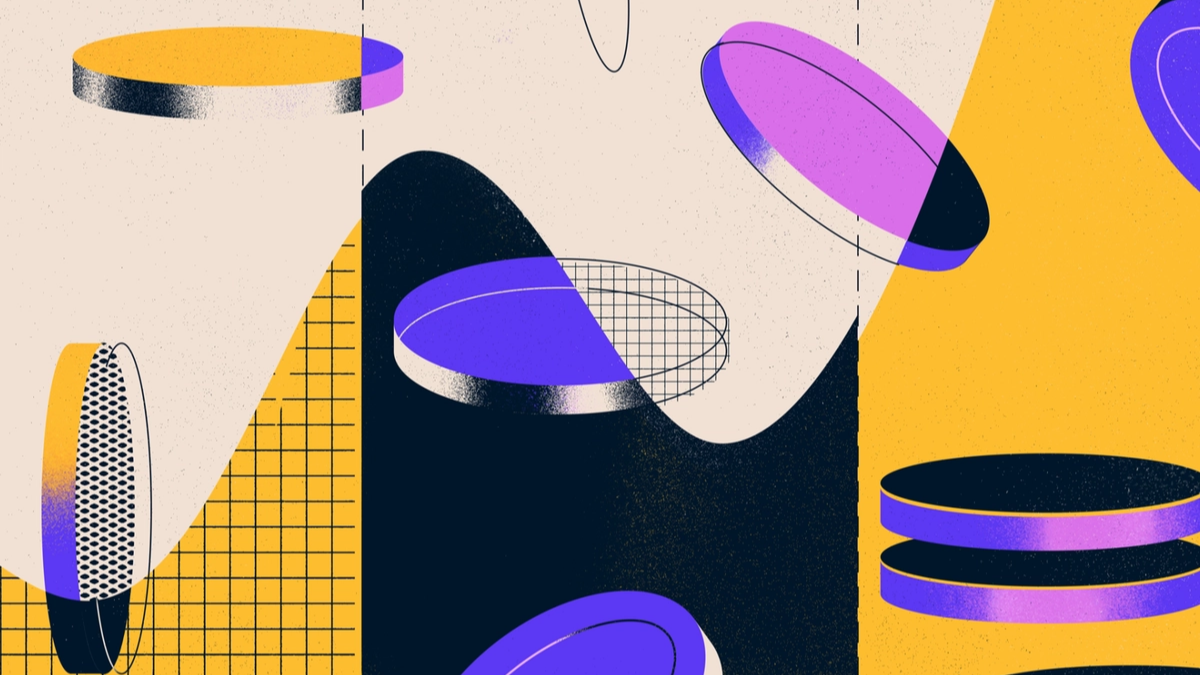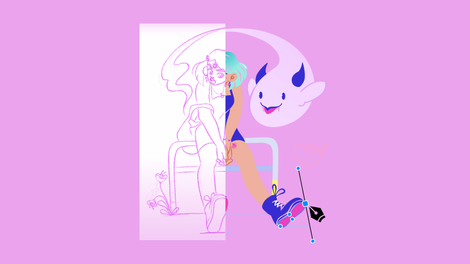
In this post, we will look at how to handle vector graphics Boolean operations. But more importantly, we will compare Boolean operations vs. Masks and show you when one needs to be used over the other.
At its core, “Boolean” is a logic term that can be either “true” or “false” and is commonly used in computer programming.
In terms of graphics design, the meaning is quite similar. We use “boolean” to describe how shapes are combined, using values such as “and,” “or,” “not,” or a combination of these—getting too technical?
Jumpstart your ideas with Linearity Curve
Take your designs to the next level.
Boolean operations are a potent tool for any product or graphic design project. A complicated-looking shape can be constructed using the five Boolean operations present in Vectornator, namely Union, Subtract, Intersect, Difference, and Divide. You’ll find these operations at the top of the Path Tab.
Creating complex shapes is something you’ll inevitably come across in icon or logo design, so let’s take a deeper look at these five options:
Boolean Unite
This combines two input shapes into a new shape. The order of the layers does not matter in the case of Unite operations, but the output shape converts to the style of the bottom layer.

Boolean subtract
This operation subtracts the shape on top from the shape below. As you might have guessed, the order of the layers does play a role in this operation; the bottom layer is treated as the base, and the top is subtracted from it.

Master Boolean Operations in Vector Editing
Unlock the full potential of boolean operations in Linearity Curve. Our detailed guide helps you manipulate and combine shapes like a pro, elevating your vector editing skills.
Boolean intersect
This outlines the path of the shape shared by both layers. You will be left with only the portion where the two layers overlap. Just like the Unite operation, the order of the layers does not matter.
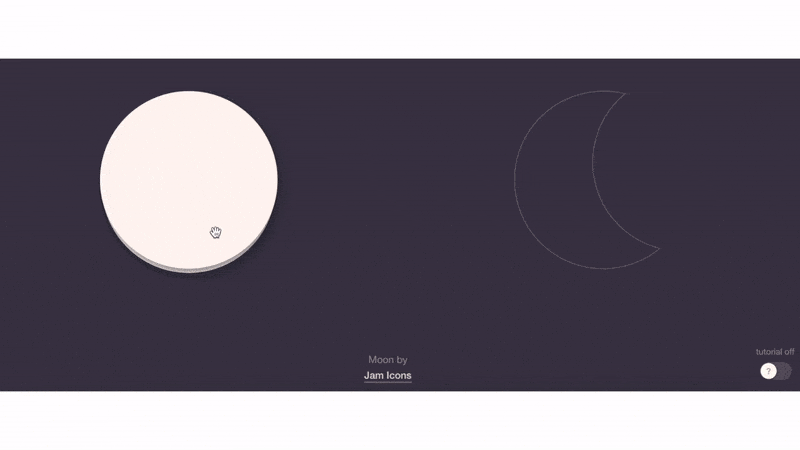
Boolean exclude
This is the opposite of an Intersection. It deletes the path that overlaps when two shapes are combined. The order does not matter here, either. If we think of this mathematically, Difference is Subtracting the Intersection from the Union shape. We’ll let that marinate for a minute.
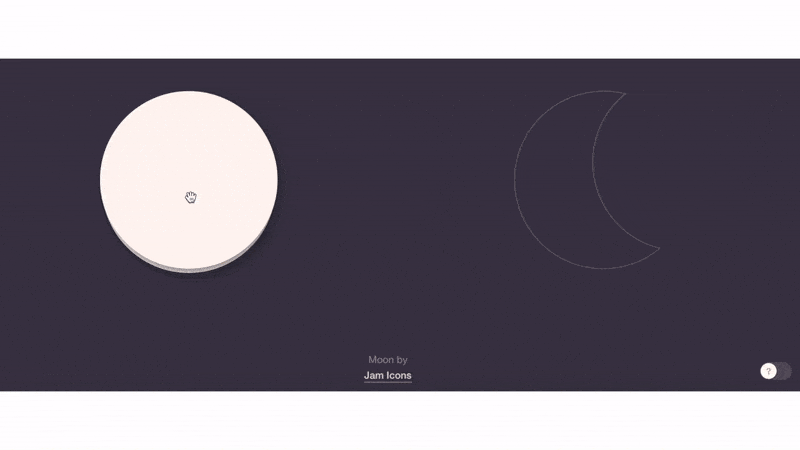
Boolean divide
This operation is unique in itself and results in the most amount of vector shapes that you can then play around with and use in your designs. Divide splits selected objects into individual objects created by intersecting paths. Below is a comparison of all operations so you visualize it easier:

Since the best way to learn anything is through play, we propose you check out The Boolean Game - a super fun tool that lets you practice with simple shapes to get the hang of these concepts. All the gifs you’ve seen until now were from this nifty little tool.
Practice with booleans
Since the best way to learn anything is through play, follow this video tutorial to create two fun graphics using boolean operation. It's the best and easiest way to practice with simple shapes so you can get the hang of this seemingly complex design concept.
Masks
Masking is another essential function you need to understand to create more complex professional work. There are also different principles to it, which we’ll explain below.
Master the Art of Masking in Vector Design
Uncover the secrets of effective masking techniques with our comprehensive guide. Perfect for enhancing your vector editing skills.
Clipping masks
Clipping masks are the simplest way to mask objects and photos. A clipping mask is a shape that only reveals artwork within its boundaries - in effect, 'cropping' the artwork to the mask's shape. So, for example, if your object is an apple, once the mask is created, the shape underneath gets clipped into the shape on top.
Transparency layer masks
A transparency layer mask is a single large graphic that acts as a transparency mask. The light and dark values in the layer (textures are a prime example here) determine the amount of masking applied to your artwork.
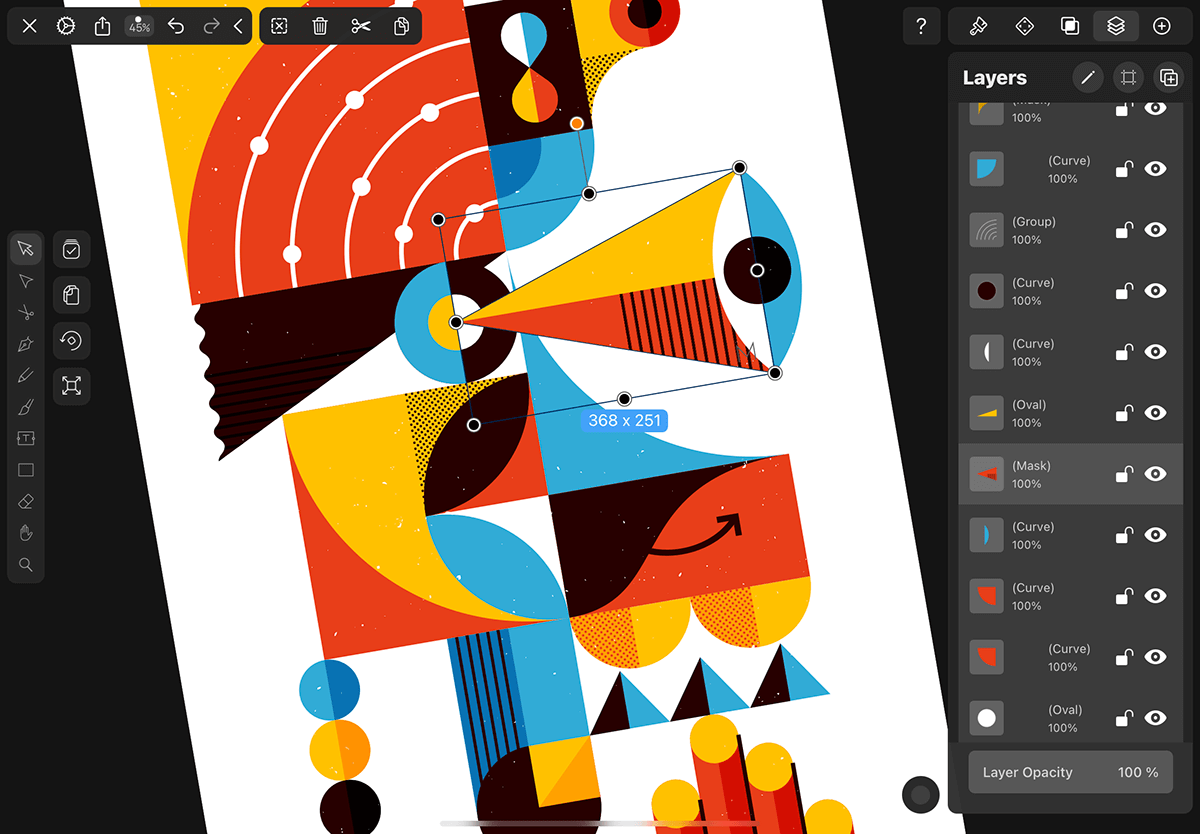
Which one is best?
It boils down to your project’s type.
Let's say you want to achieve a particular shape. One way to think about it is from the perspective of raster images; you can edit individual pixels and create an image mask. And that's about how far the story goes. You cannot use boolean operations with raster-based graphics, and you cannot edit the resulting shape without using further operations like cropping or applying another mask.
However, if your graphics are vector-based, you can use both masks or boolean operations (or a combination of both) in Vectornator. Both methods will give you newly-created vector shapes, which you can continue editing by manipulating individual points or changing their color.
And that’s the beauty of working with vectors: they remain infinitely editable and scalable.
Images cannot compete with that. If you mask with vectors and use the Boolean operations regularly in your workflow, we promise that your productivity will skyrocket!
For a more in-depth analysis of why you should use vectors, refer to this page of our Learning Hub.
Jumpstart your ideas with Linearity Curve
Take your designs to the next level.
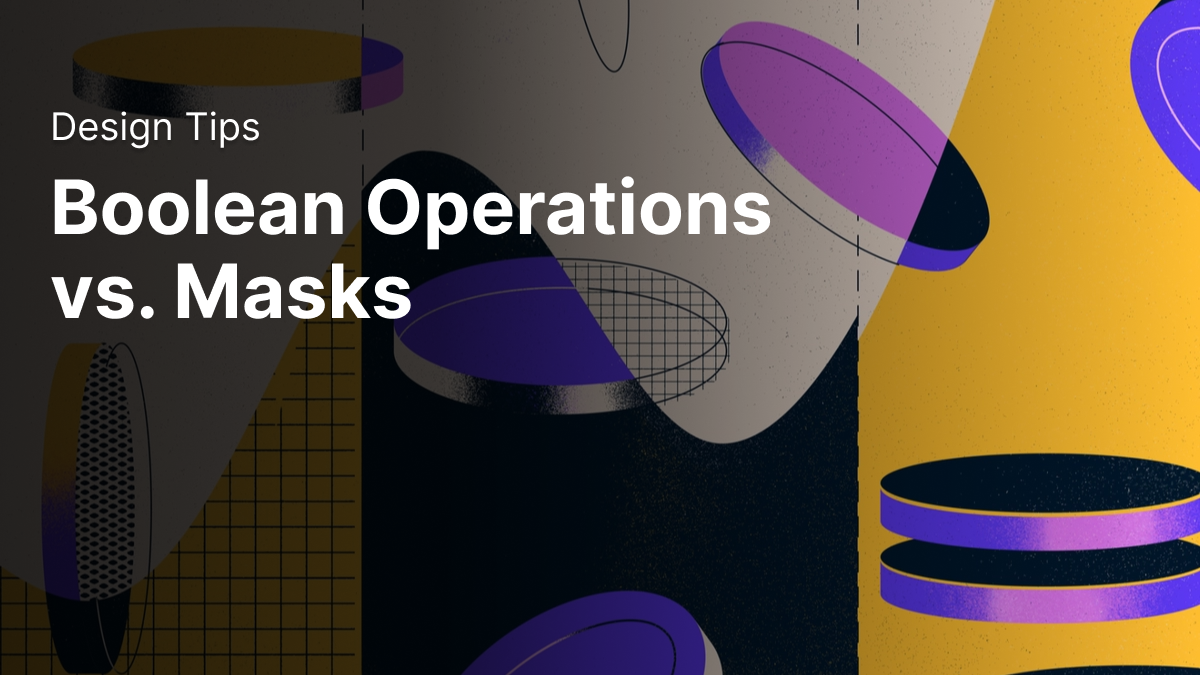
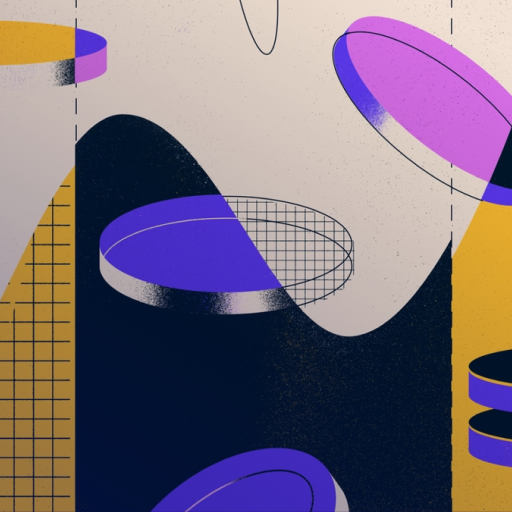
Share this!
Ben Barnhart
Ben is a Content Lead for Linearity living in Berlin. His hobbies include board games, cooking, reading, and writing.
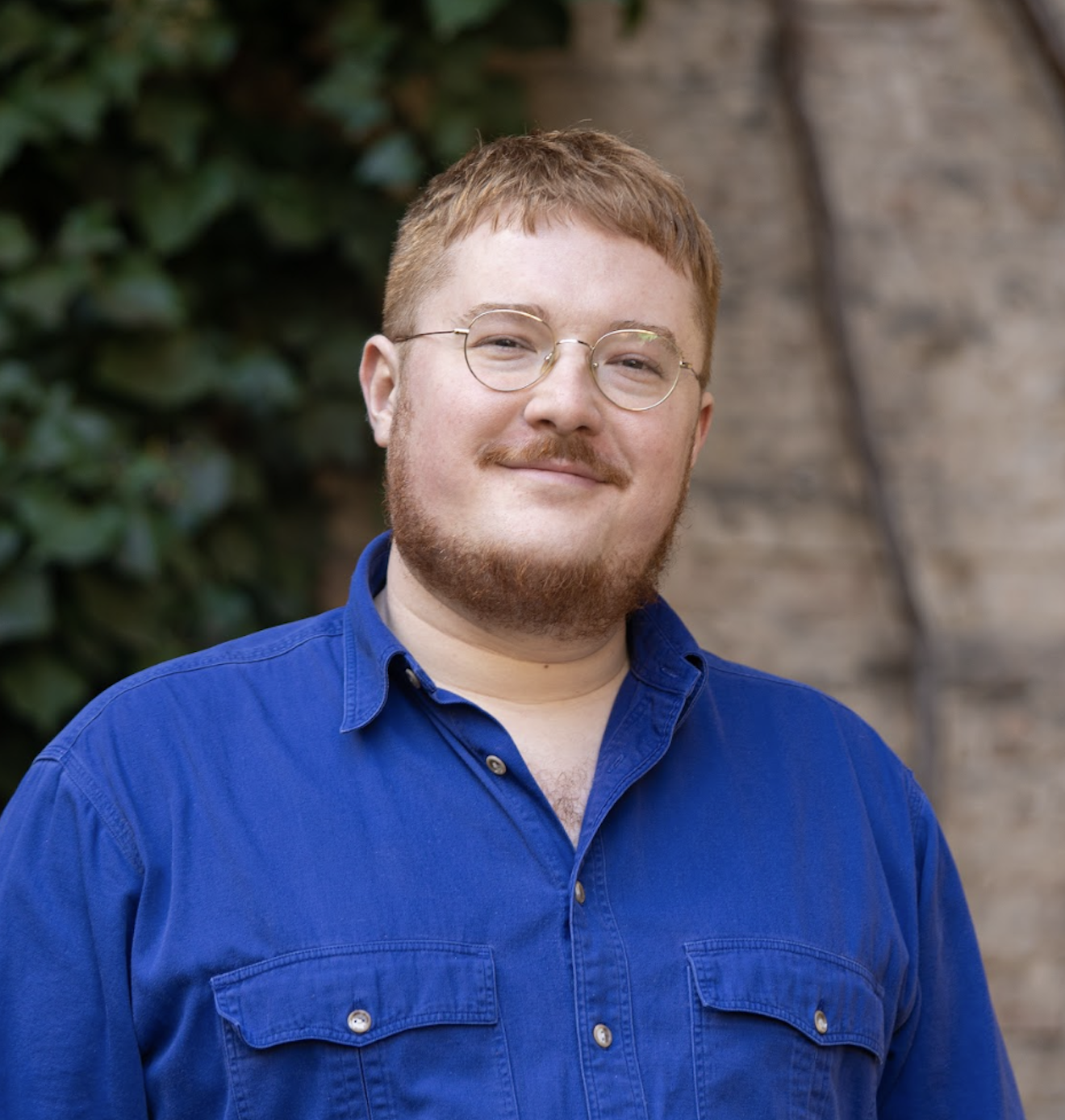

:quality(75))
:quality(75))



:quality(75))
